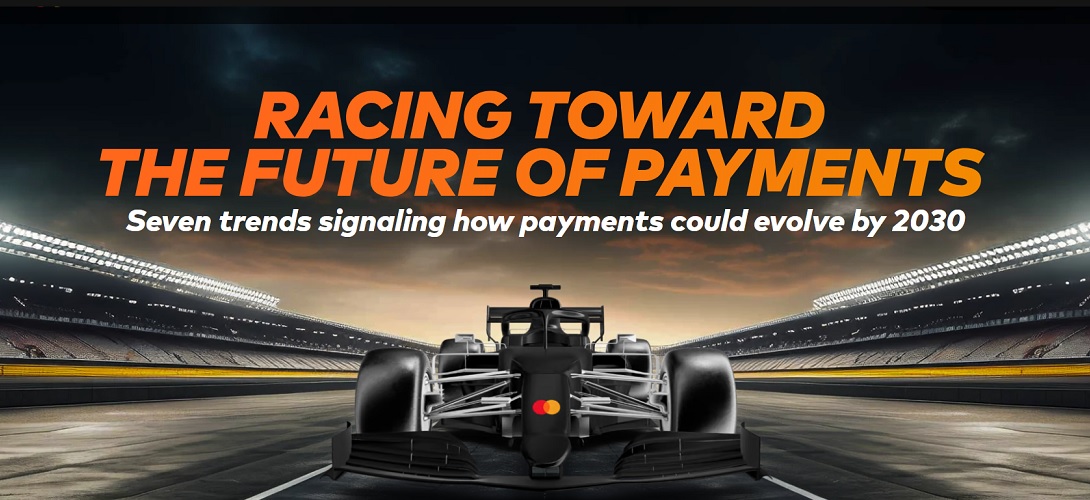
The payments industry is entering a transformative chapter, powered by cutting-edge technology, heightened expectations and the rapid expansion of new systems and rails. Like the high-speed, high-stakes realm of motorsports, the future of payments demands agility, precision and foresight. In this issue of Mastercard Signals, the company explore seven emerging trends that will shape the payments ecosystem by 2030.
Navigating different circuits – From siloed payment systems to global interoperability
The payments ecosystem today is fragmented, with different rails and platforms often operating independently of one another, creating friction in cross-border and cross-platform transactions. Achieving true interoperability means bridging technological silos, addressing regulatory fragmentation, resolving ecosystem complexity and integrating cutting-edge security. By 2030, orchestration layers, shared global standards and technological innovation will help create a world where payments flow seamlessly across platforms, currencies and borders, enabling secure, invisible transactions that connect even the most disparate systems.
Ignition keys – From single-function identity applications to access all areas
Despite increased digitization, too much identity authentication is still characterized by repetitive logins and manual credential entry across platforms, apps and geographies. Nevertheless, advances in biometrics, tokenization and AI-powered security are creating frictionless and secure digital identities. Passkeys and government-backed initiatives are paving the way for cross-border ID recognition. By the end of the decade, digital identities will resemble universal keys, granting instant access across platforms and services — from health care to travel. These identity networks will ensure security and personalization while minimizing personal data exposure.
Cockpit controls – From payment wallets to command centers
Digital wallets continue to grow in popularity, storing payments, loyalty cards and credentials, but they remain limited in functionality and interoperability. AI-driven personalization, and integration with identity and financial management tools, are transforming wallets into command centers for daily life. Between now and 2030, digital wallets will evolve toward intelligent, proactive assistants capable of managing finances, travel, health records, subscriptions and more, seamlessly integrated into both physical and digital worlds.
The open-track economy – From wider merchant acceptance to persnalized ckeckout
Millions of small and underserved merchants lack digital payment acceptance capabilities, while inconvenient checkout processes are causing cart abandonment in e-commerce. Expanding acceptance technology and improving checkout are critical for both merchants and consumers. New technologies, from Tap on Phone to AI-powered checkout systems, will democratize acceptance, while enabling hyper-personalized and „no-checkout” experiences.
Harnessing the slipstream – From embedded finance to invisible intelligence
Commercial payments often lag behind consumer-grade experiences, with businesses facing fragmented workflows and manual processes. Embedded finance solutions powered by APIs and AI are transforming operations, enabling programmable payments, dynamic discounting (such as for early payments) and cash flow forecasting. Over the next few years, payments will become more intelligent and invisible, embedded seamlessly into workflows to eliminate inefficiencies and drive faster business operations. Enterprises will leverage real-time insights and automation to focus on strategic growth.
Telemetry on the track – From reactive fraud detection to proactive defense
Payments are increasingly targeted by sophisticated cybercriminals who exploit human error and system vulnerabilities. AI-powered tools are already identifying fraud in real time. Adaptive intelligence, threat sharing and federated learning will enable predictive, rather than reactive, defenses. By the end of the decade, payments will be characterized by continuous, adaptive, self-healing security systems, which anticipate and neutralize threats before they materialize, ensuring that cybersecurity is a competitive differentiator.
Race strategy – From traditional partnerships to an innovation ecosystem
Payment partnerships are evolving beyond the bank-fintech model to incorporate diverse players such as internet service providers, government agencies and vertical-specific innovators. Collaborative ecosystems will drive the co-creation of services by integrating embedded finance and enabling cross-platform solutions. Privacy-enhancing technologies will enable secure data-sharing and drive innovation. By 2030, integrated ecosystems will better deliver low-friction, scalable and inclusive solutions for businesses and consumers alike.
More details here
Banking 4.0 – „how was the experience for you”
„To be honest I think that Sinaia, your conference, is much better then Davos.”
Many more interesting quotes in the video below: